I'm a father of three from Sydney, a Product Director and a Product Coach. I write about product management and run the Product Manager community.
Subscribe to receive digest emails (1 per month).
Info
Posts with Travel tag.
-
If you visit Japan, don't expect to find almond milk for your coffee or rubbish bins on every corner. But what you will find are plenty of adorable logos and cute instructions.
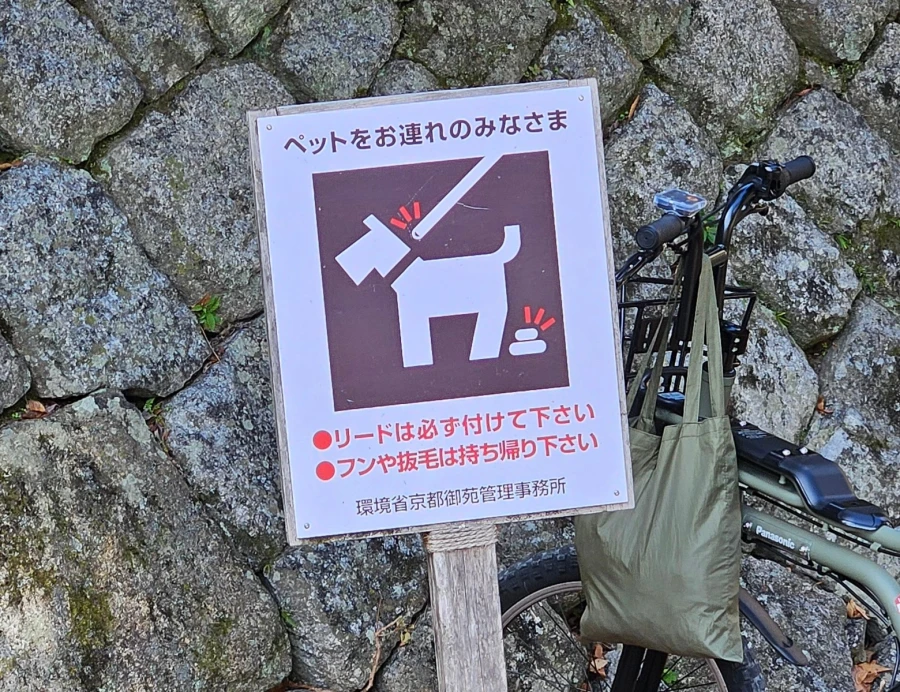
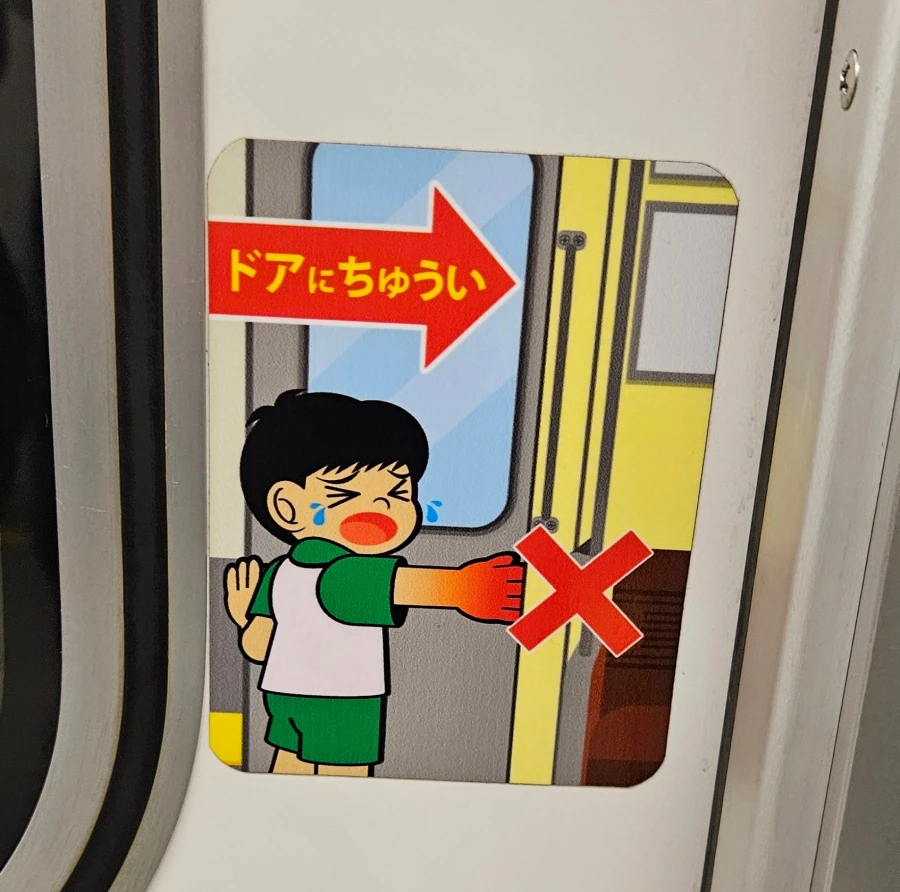
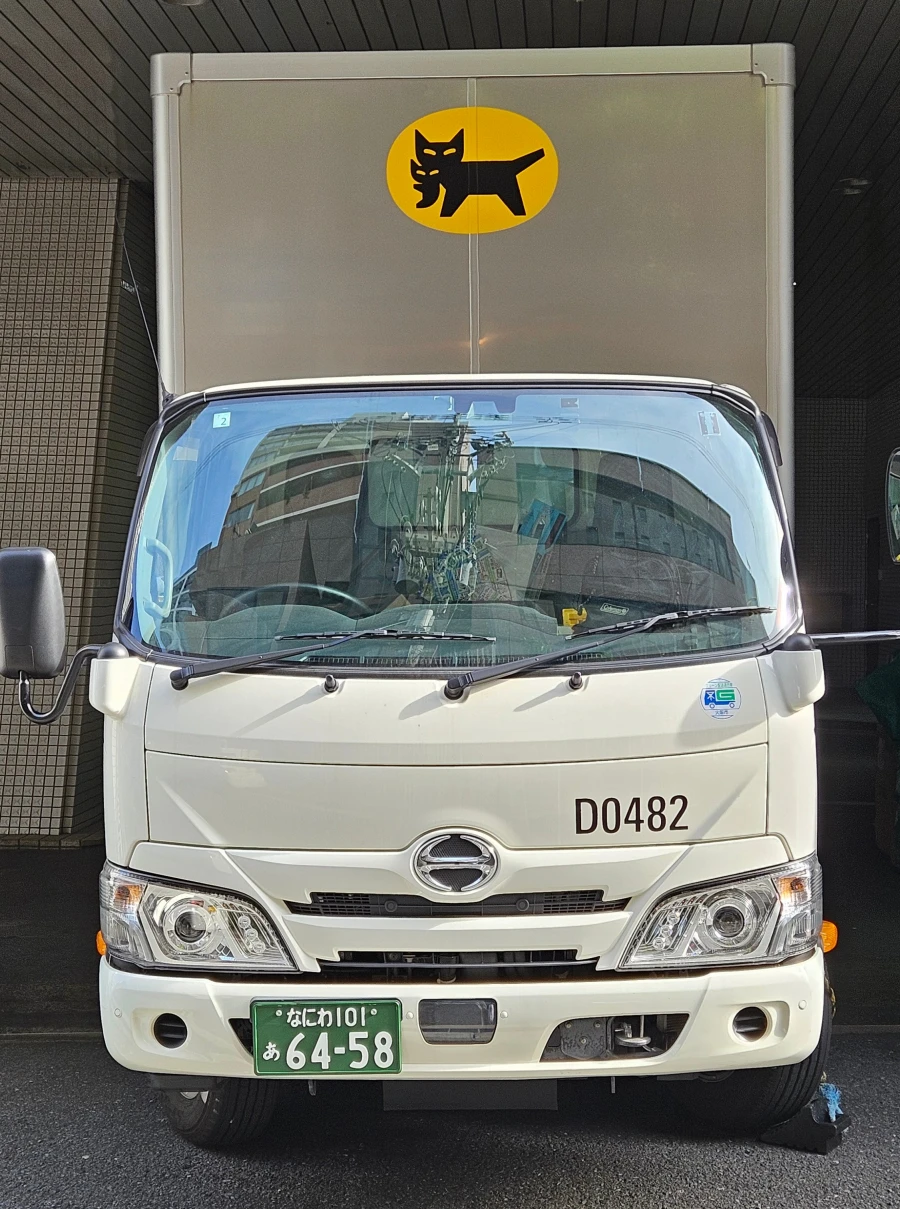
-
Osaka at night feels alive. The big glowing Running Man sign in Dotonbori lights up the busy streets. Food stalls fill the air with yummy smells.
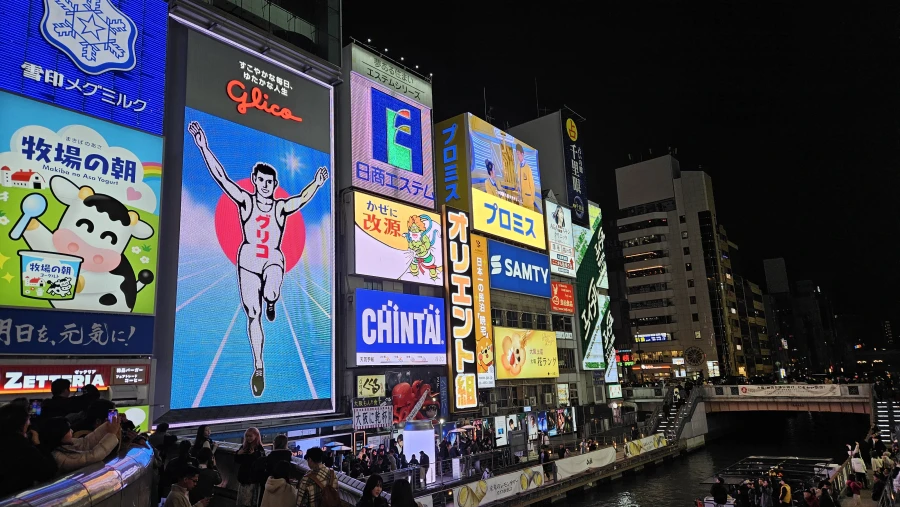
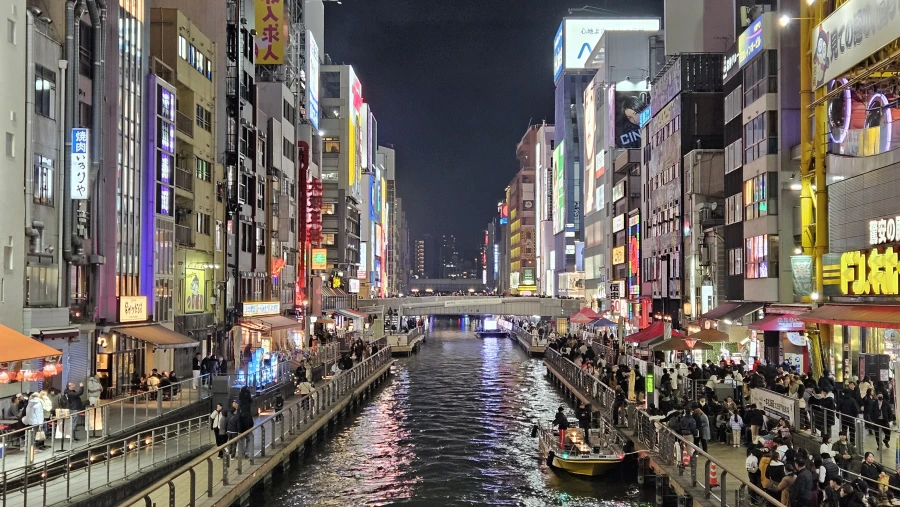
-
Visited Osaka Castle. The castle has been destroyed and rebuilt multiple times due to wars, lightning strikes and natural disasters. The current structure dates back to 1931.
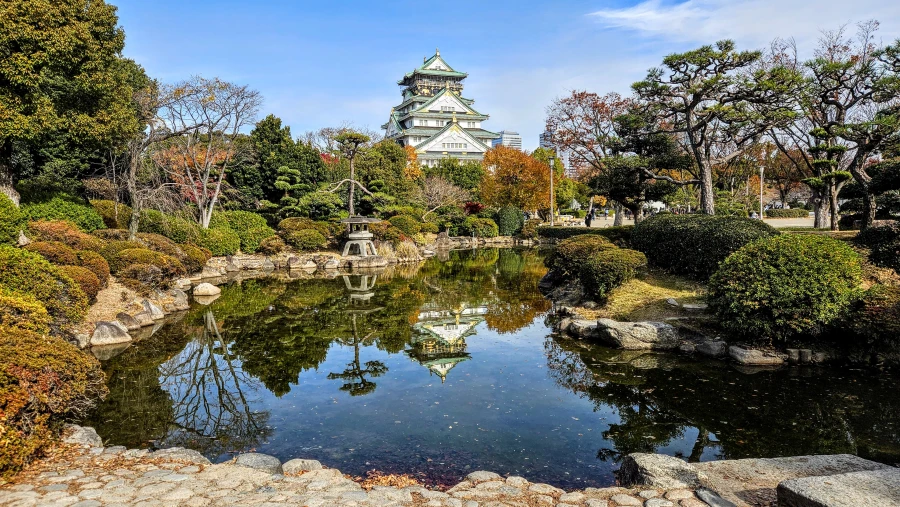
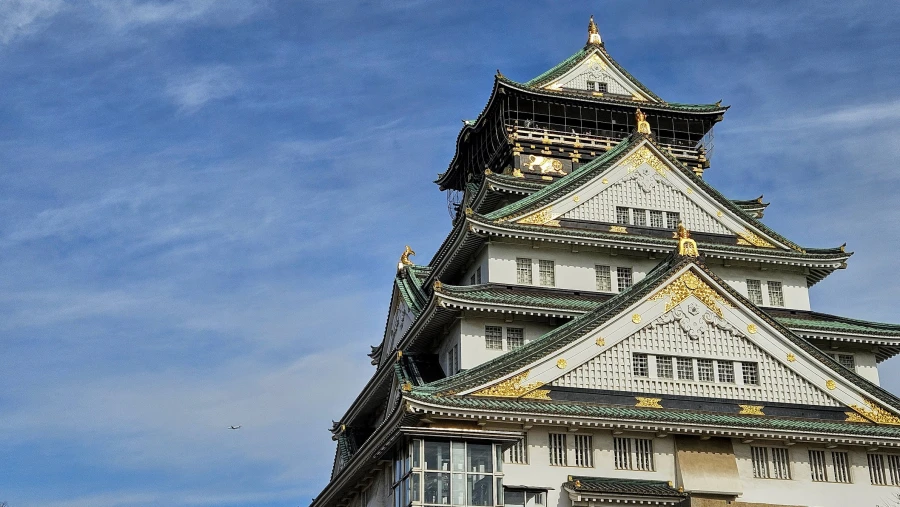
-
In Osaka today.
Fun fact: Osaka brought the world the sushi train in 1958!
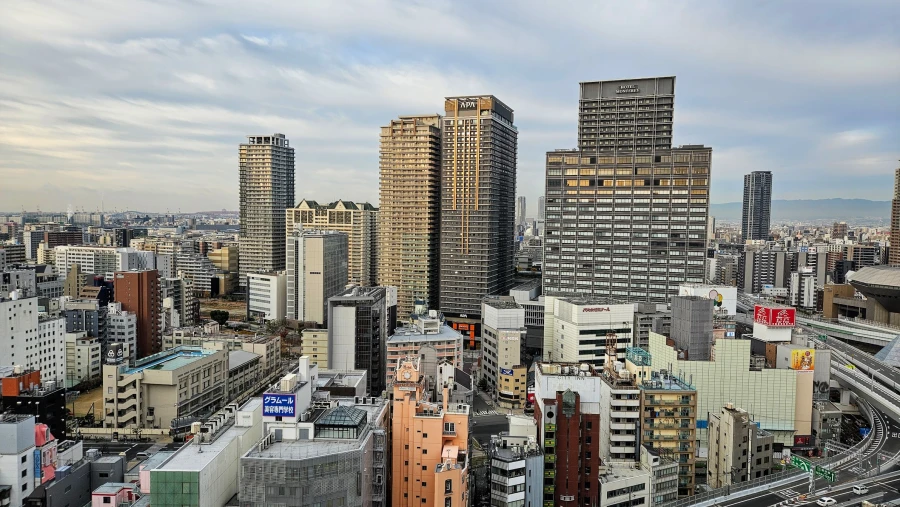
-
Japan's mastery of small-space solutions shows in designs like a basket under a cafe chair and an umbrella holder. These simple ideas maximise convenience and keep spaces uncluttered.
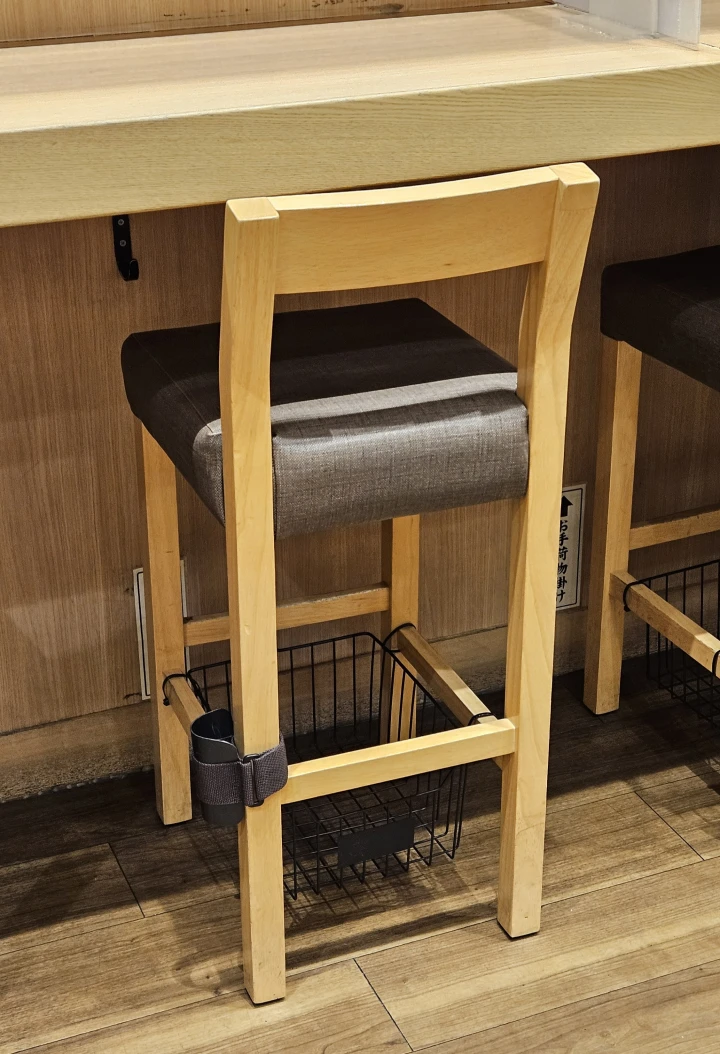
-
I had a lovely 11km walk (included a nice hill climb) over two hours from the hotel to Fushimi Inari Taisha, one of Japan's most iconic Shinto shrines in Kyoto.
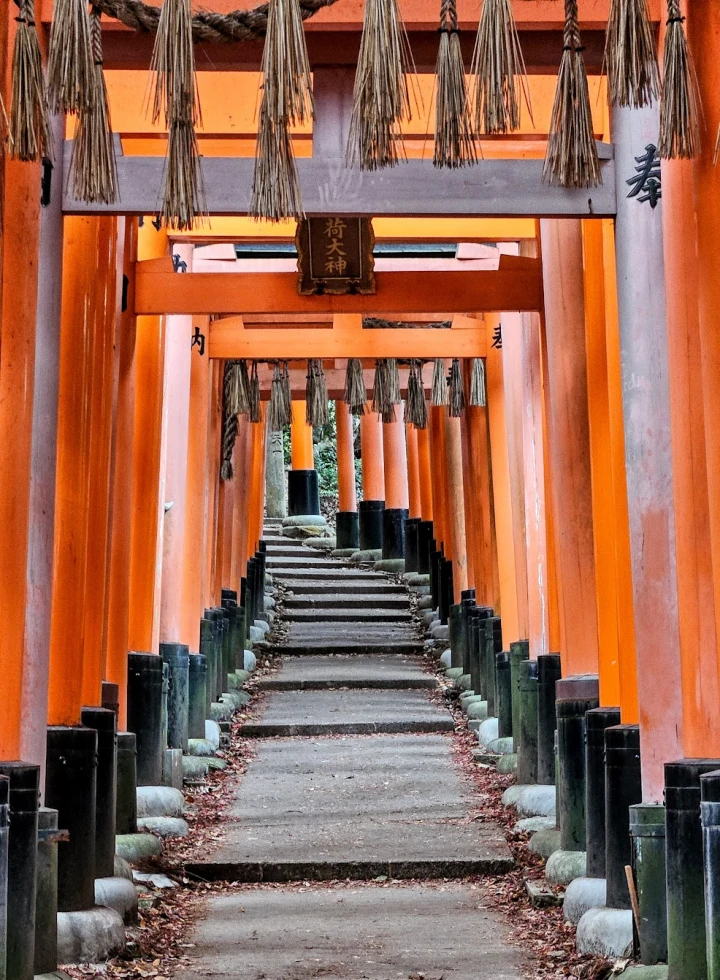
The pathway up Mount Inari is lined with over 10,000 torii gates, each inscribed with the donor's name and the date of their donation.
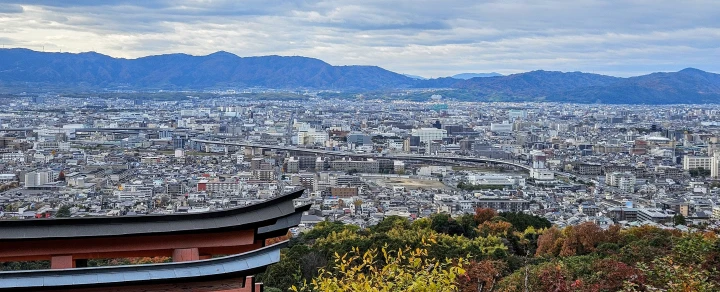
The shrine itself extends across Mount Inari, with the summit standing at around 233 metres - a great workout!
Scattered throughout the grounds are stone fox statues, which are considered messengers of Inari. Many of these foxes are depicted holding keys in their mouths, symbolising the key to a rice granary.
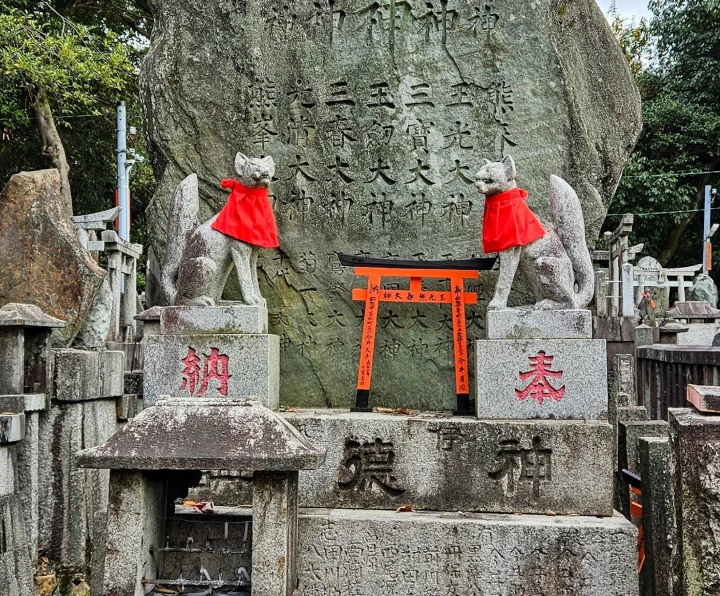
The fox statues wear bright red scarves as a way to show respect and thanks to the spirit they represent. The red colour is also thought to keep away bad spirits and bring protection.
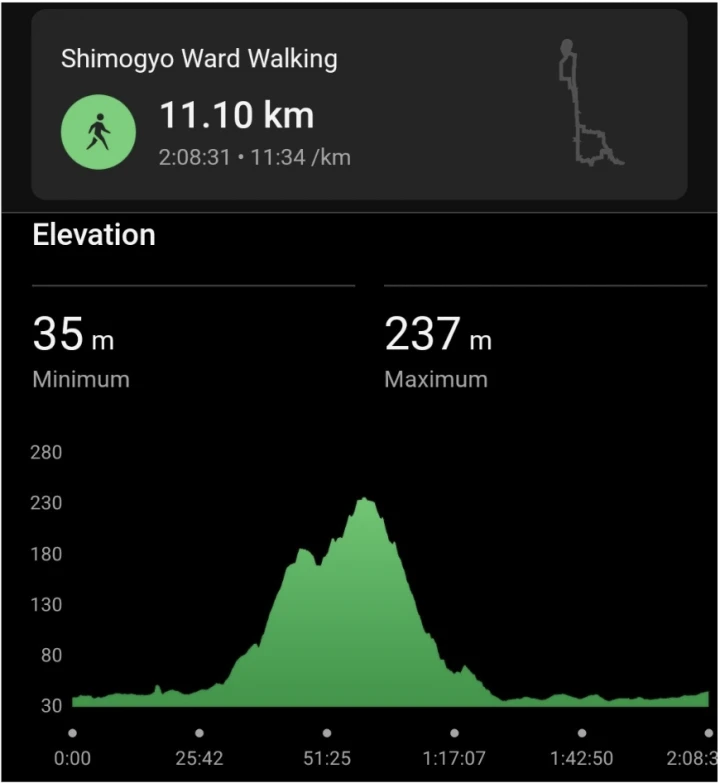
-
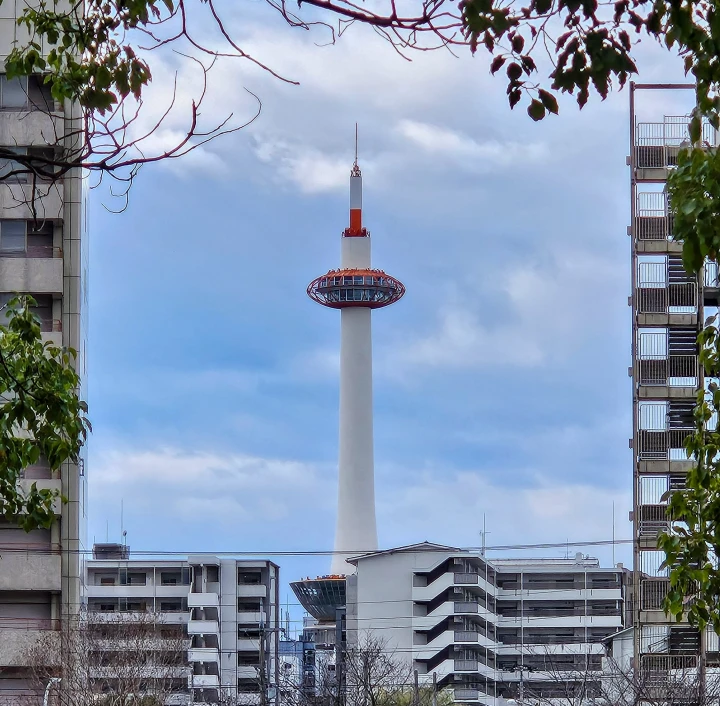
Visited Kyoto Tower (131 metres tall, completed in 1964, inspired by a candle-like design). While it's undeniably an iconic structure, the observation deck was surprisingly small, with a ceiling so low I could touch it with my hand.
Despite being built to withstand earthquakes and typhoons, the slight movement of the deck was noticeable - which definitely freaked out Em a bit!
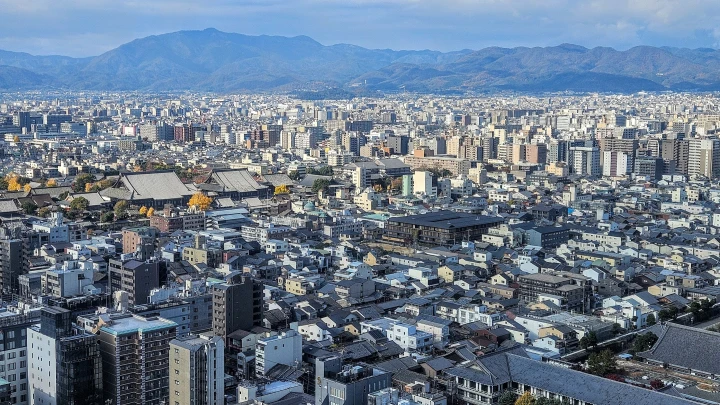
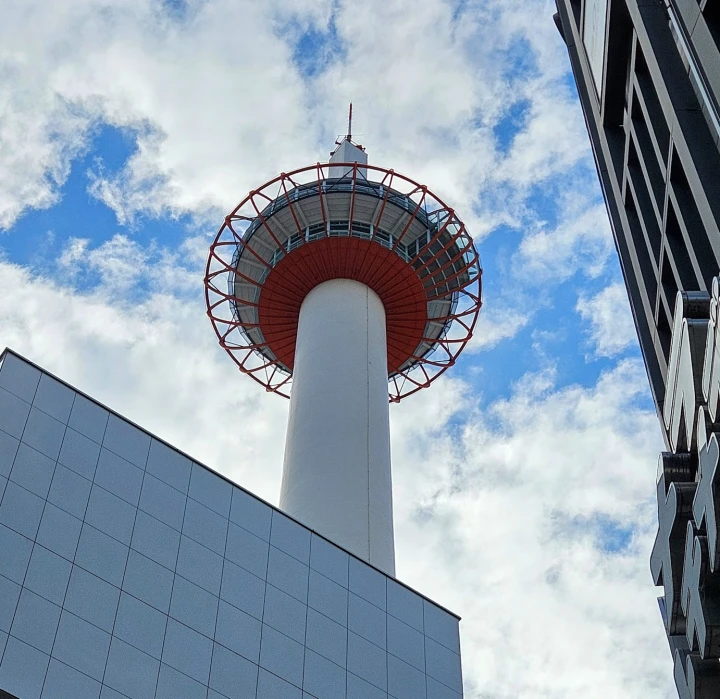
-
Nijō Castle, built in 1603 as a residence for Shogun Tokugawa Ieyasu, is a place best experienced in person. Its cypress-wood architecture and extensive gardens are amazing, far beyond what photos can convey.
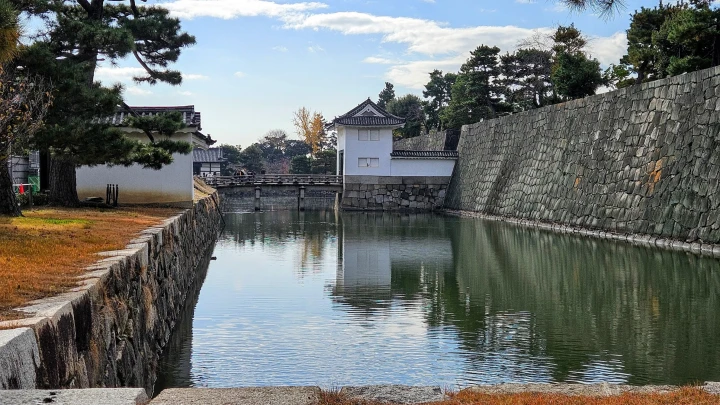
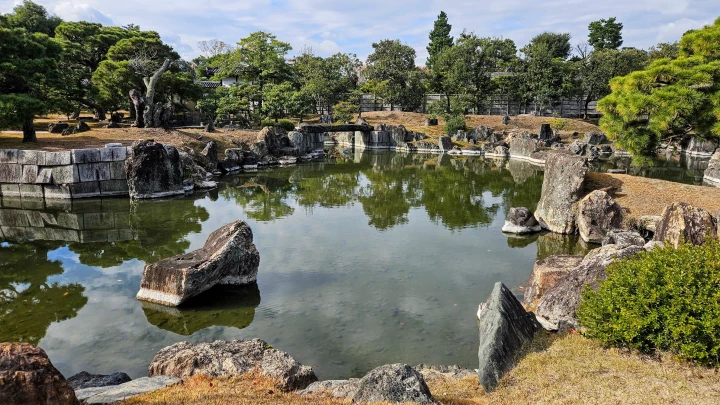
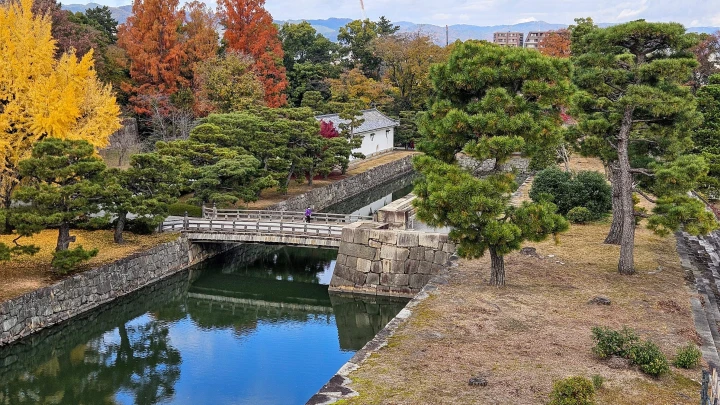
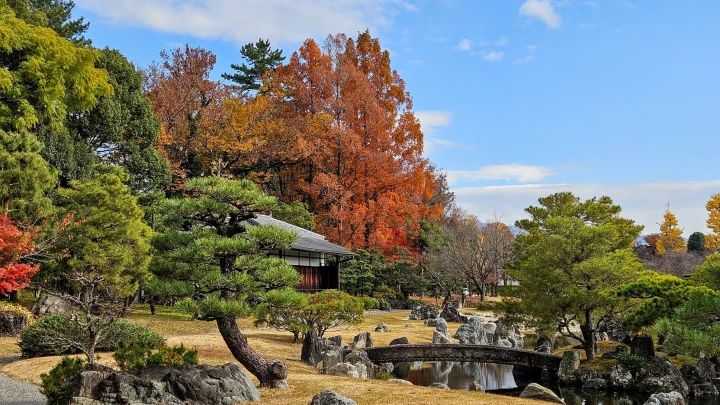
-
The first full day in Kyoto, a city home to over 1,600 Buddhist temples and 400 Shinto shrines.
Busy Nishiki Market on Monday morning.
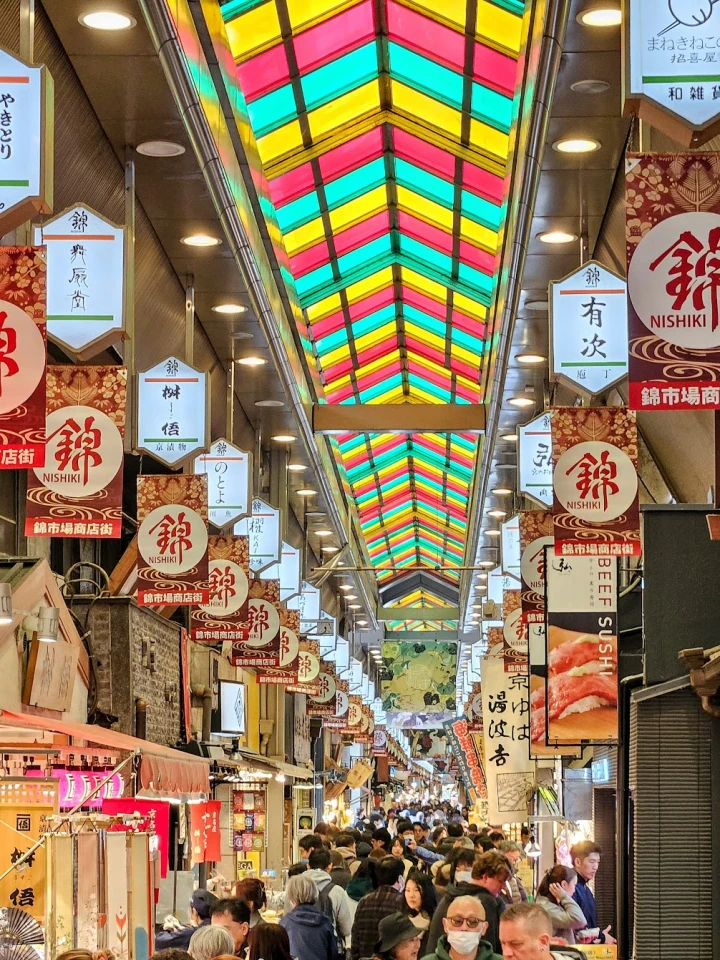
There are many wires hanging from the poles. I'm not sure why they don't bury them underground - perhaps it's due to earthquakes.
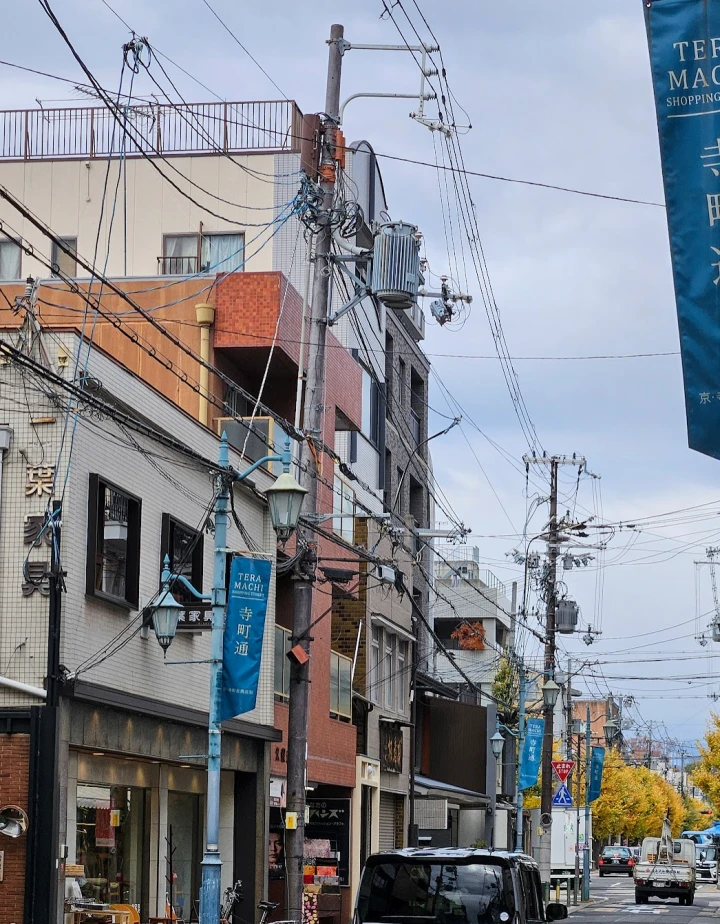
The city has strict height restrictions, preserving its low-rise, picturesque views.
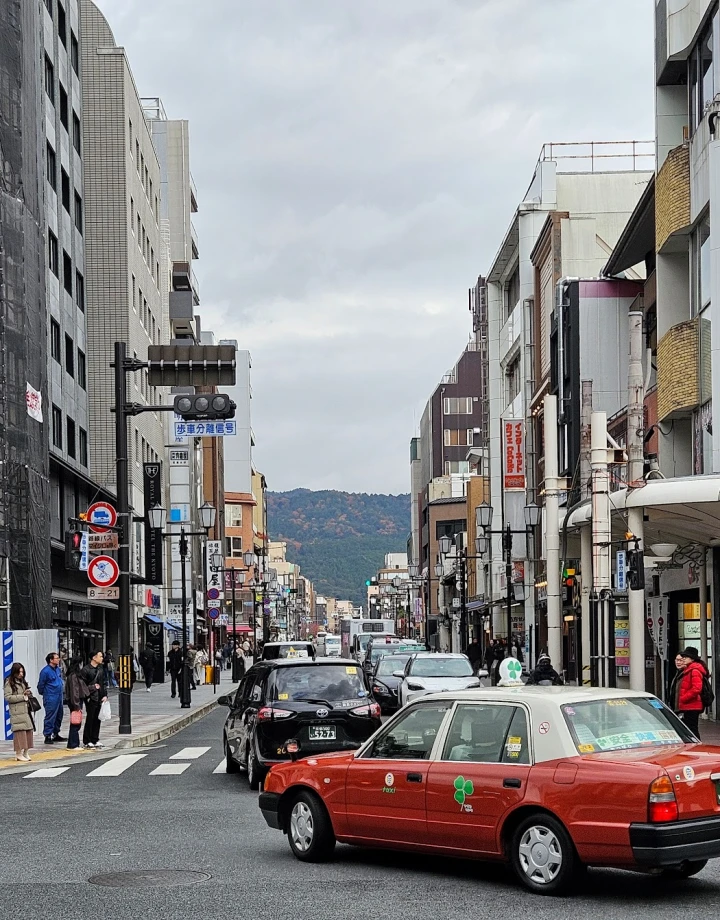
A road sign that looked like an alien holding a child.
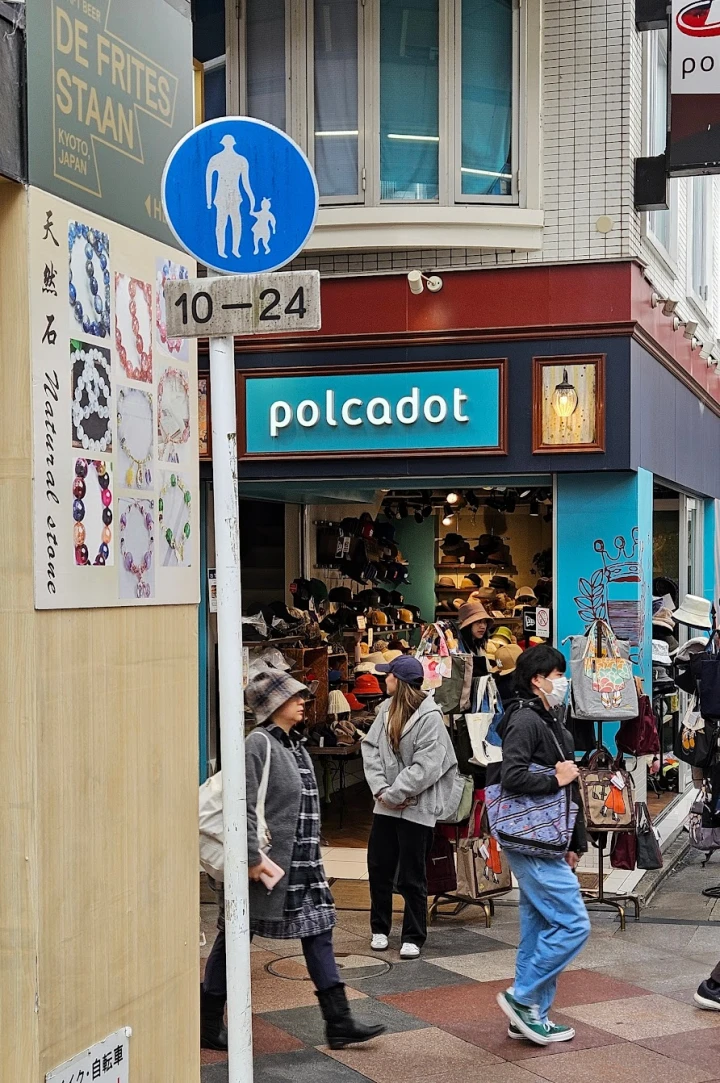
And the streets here? They're typically narrow and quiet.
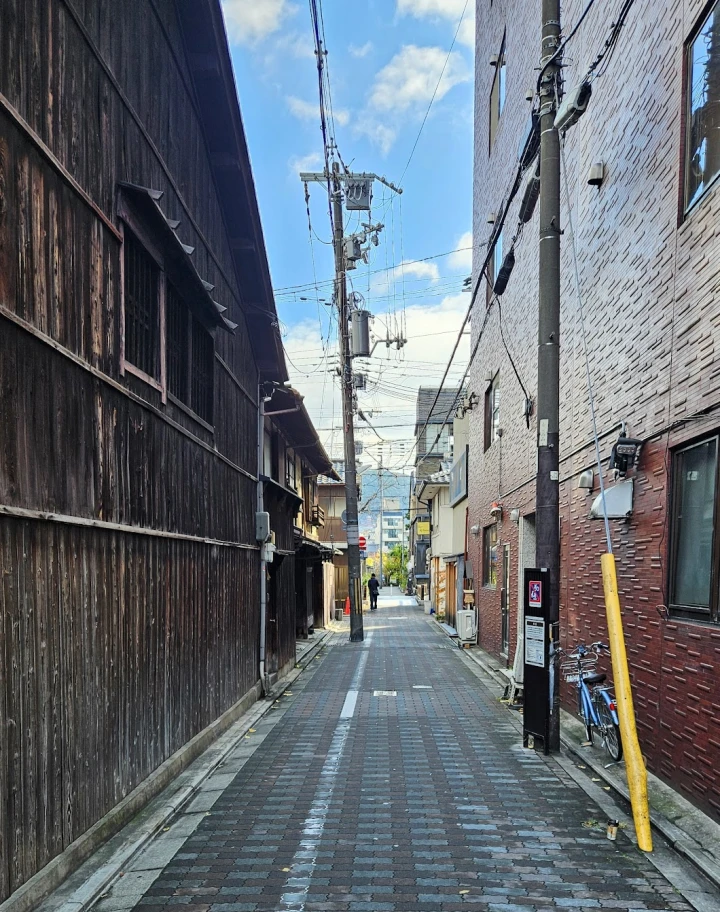
Fushimi Inari Shrine at night
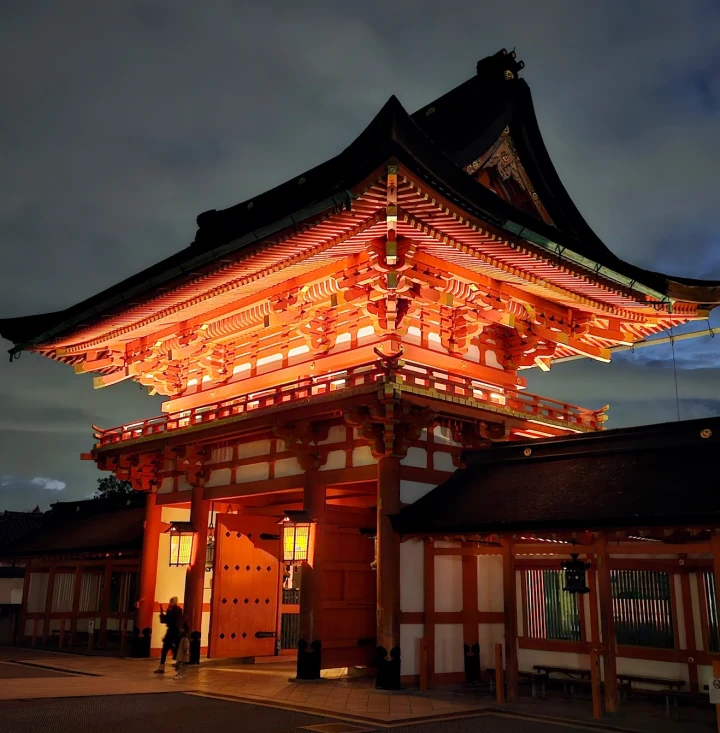
-
Japanese post boxes are delightfully short. Their tops barely reach belly-button height.
This compact design is no accident. It prioritizes accessibility, ensuring children and wheelchair users can easily reach them.
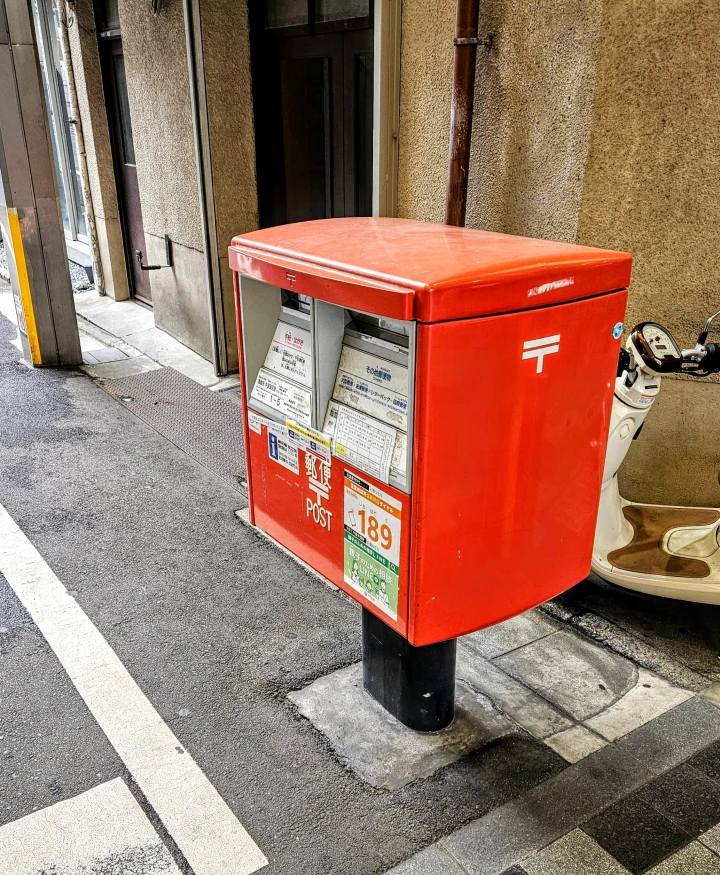
-
Today, we took the Shinkansen from Odawara to Kyoto.
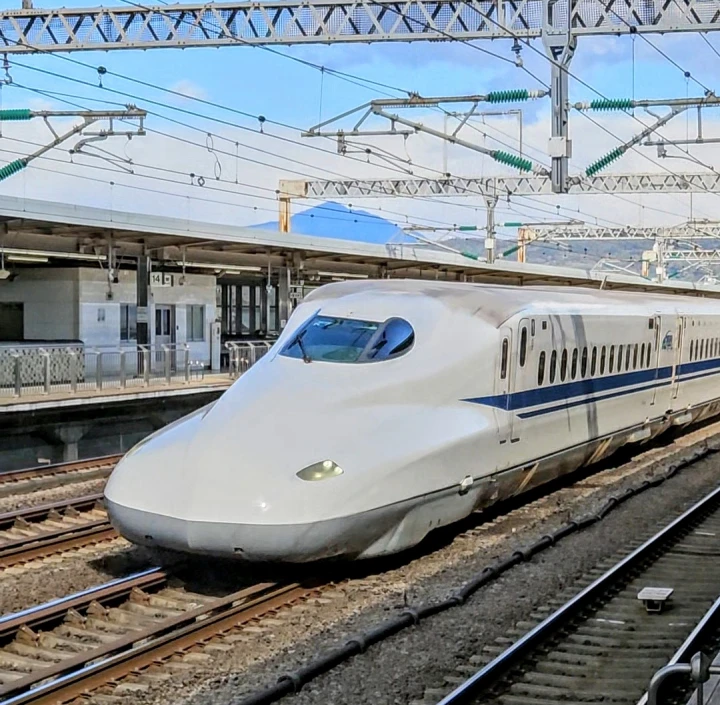
The experience was smooth and hassle-free. The train covered an impressive 365 km in just 2 hours and 5 minutes.
Travelling with luggage wasn't an issue at all. While there wasn't enough space for my suitcase on the overhead shelf, it fit comfortably in the legroom area and between the seat in front of Em.
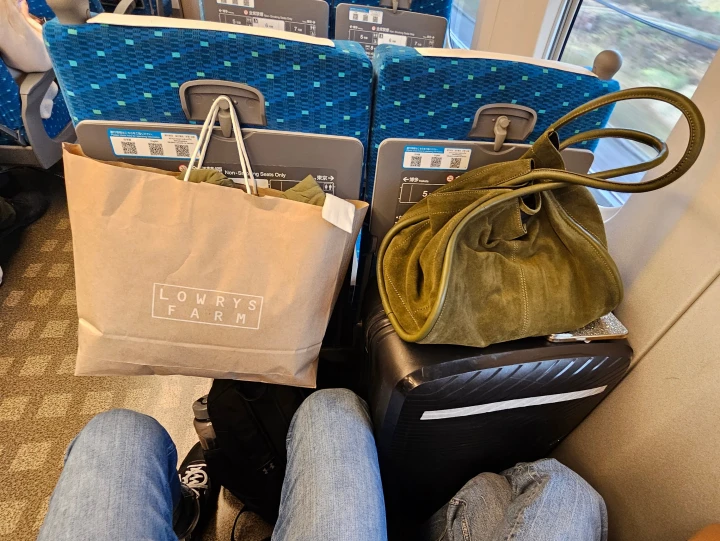
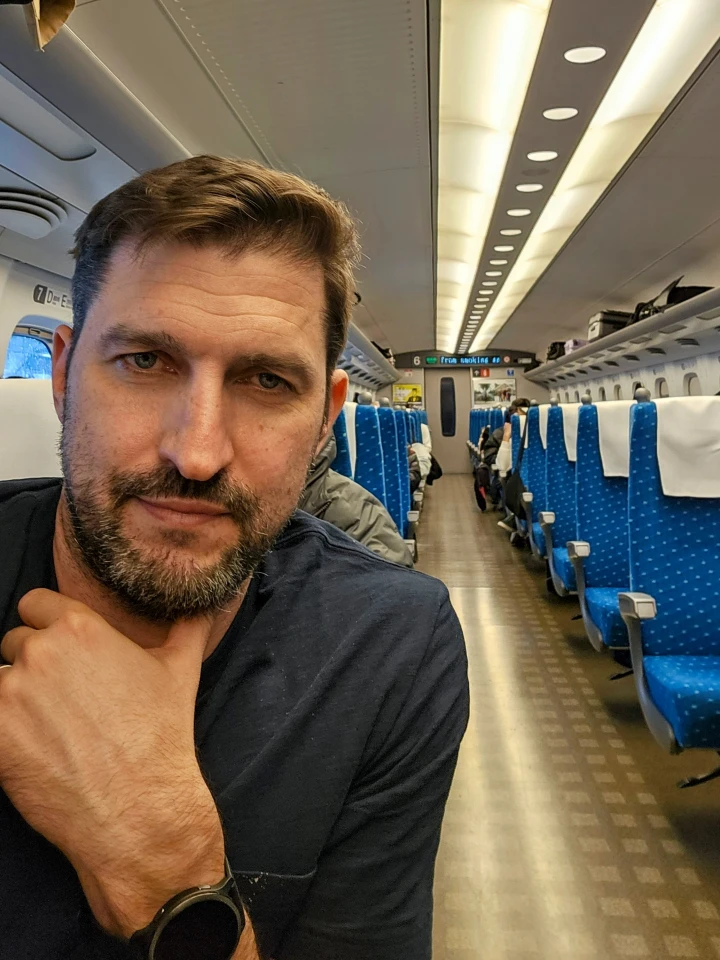
-
Last night, I went for a "traditional" Japanese dinner for a change 🙈
One thing that's been a bit tricky about food in Japan is finding accessible vegetables. Sure, you can track down tomatoes and lettuce but it's not as simple or as common as in Australia.
Supermarkets aren't as common in urban areas, with most shopping options centred around smaller convenience stores like 7-Eleven and Family Mart.
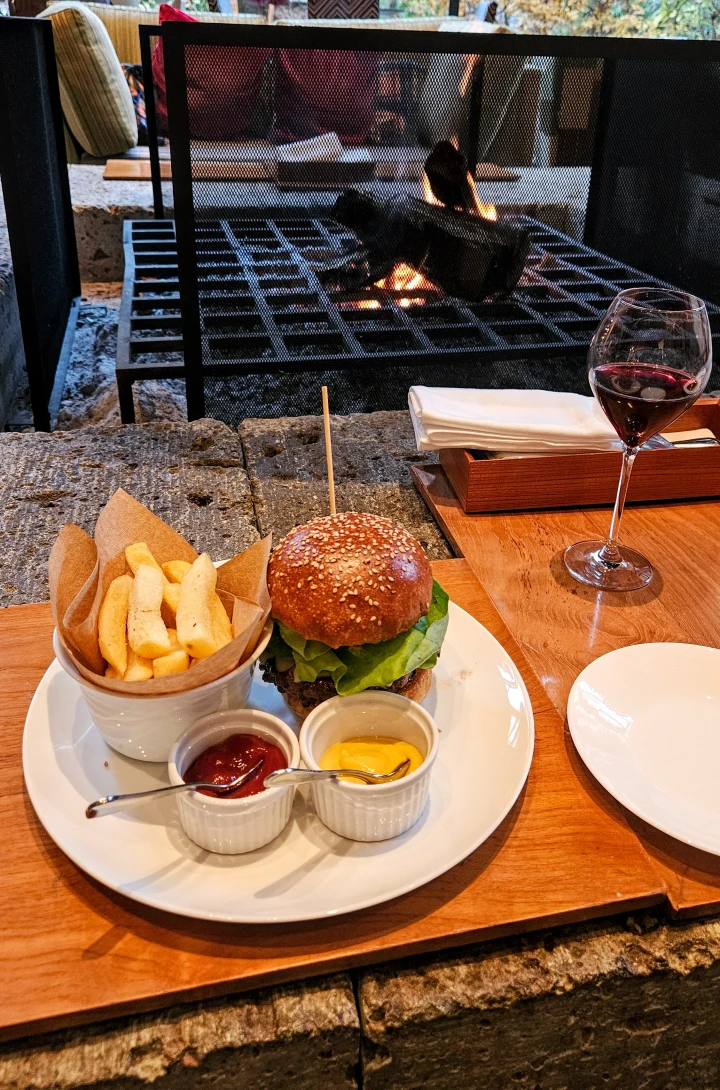
-
Visited Odawara Castle this afternoon - a place steeped in history. Once the base of the Hojo Clan, it grew into one of the region's most formidable fortresses. At its height, the castle town was protected by an incredible 9-kilometre moat and earthen walls. Sadly, much of it was destroyed during the Great Kanto Earthquake in 1923.
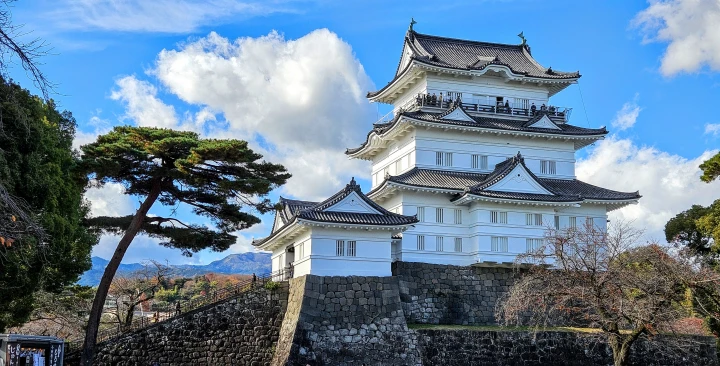
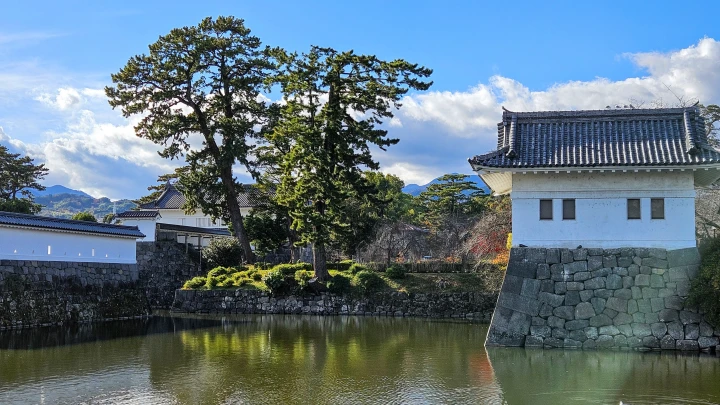
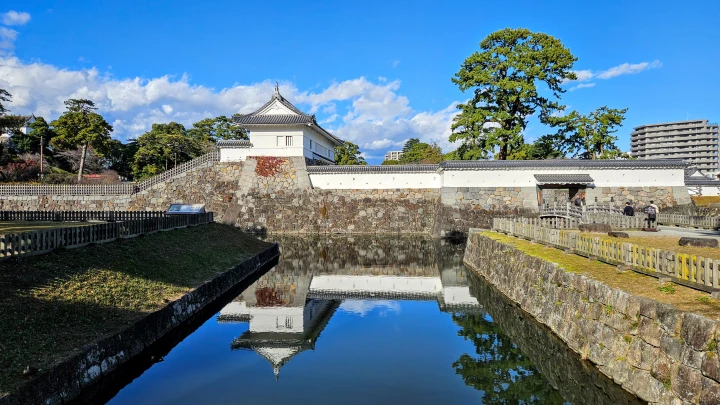
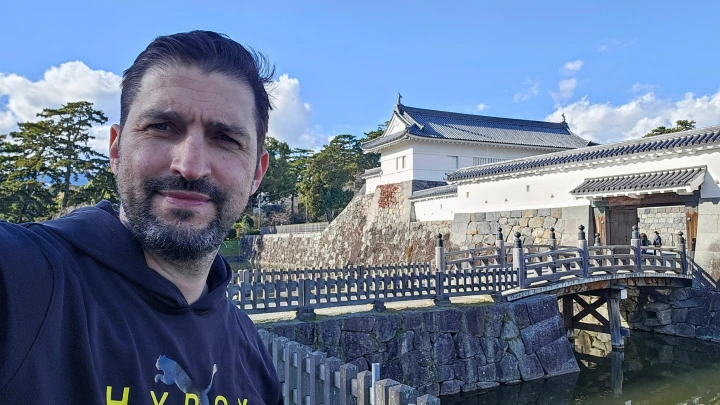
-
Hotel Indigo Hakone Gora
The entrance of Hotel Indigo Hakone Gora - a traditional Japanese rickshaw with its vibrant red upholstery adds a touch of tradition.
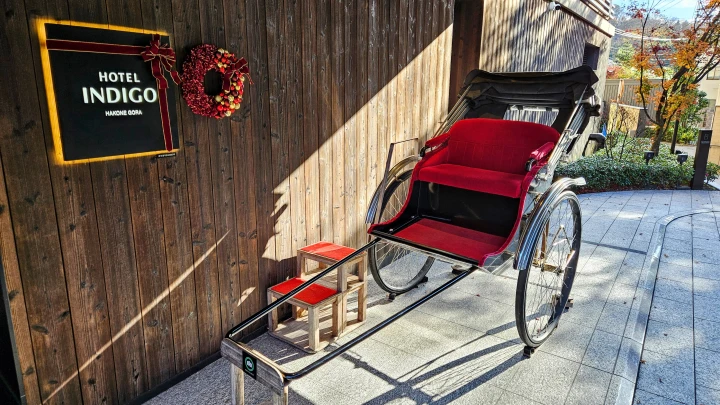
A vintage-style wall phone with rotary dial.
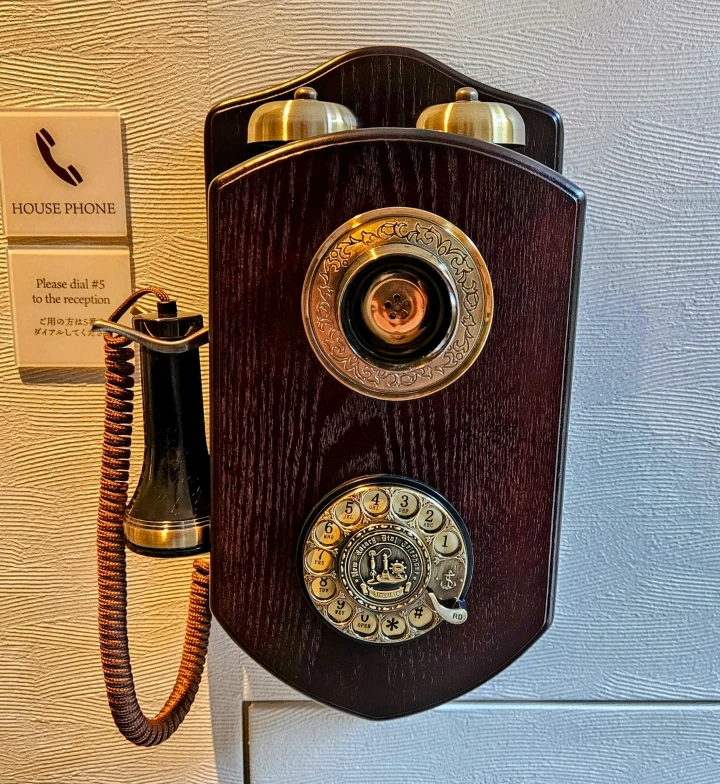
Our room comes with a private Japanese onsen (hot spring).
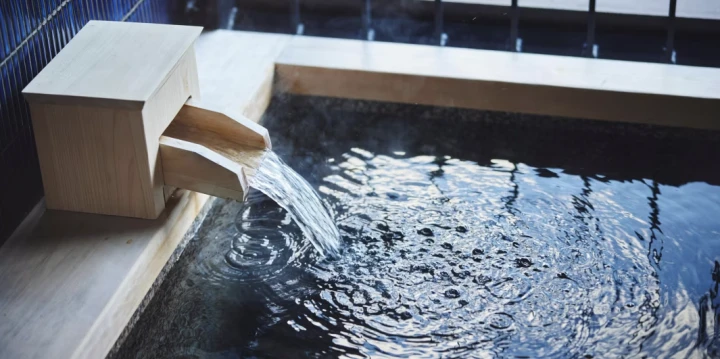
-
Today we visited Lake Ashi (Onshi-Hakone Park), a stunning crater lake in Hakone known for its natural beauty and breathtaking views.
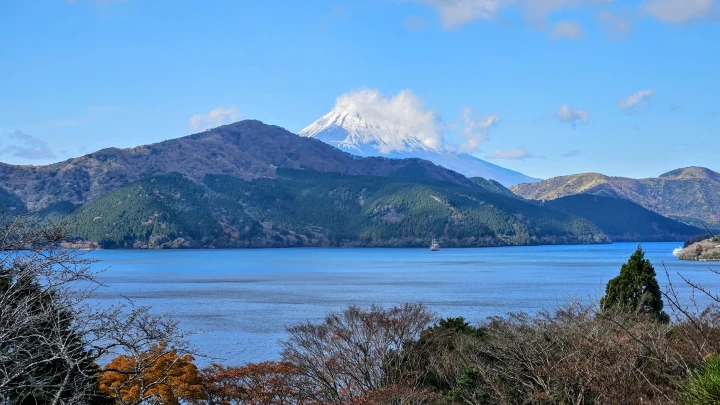
Lake Ashi was formed around 3,000 years ago after a volcanic eruption of Mount Hakone. It's also famous for its sightseeing cruises, where pirate-themed boats take visitors across the lake for a fun, scenic experience. We skipped the cruise this time - it was a bit chilly at 7°C and windy!
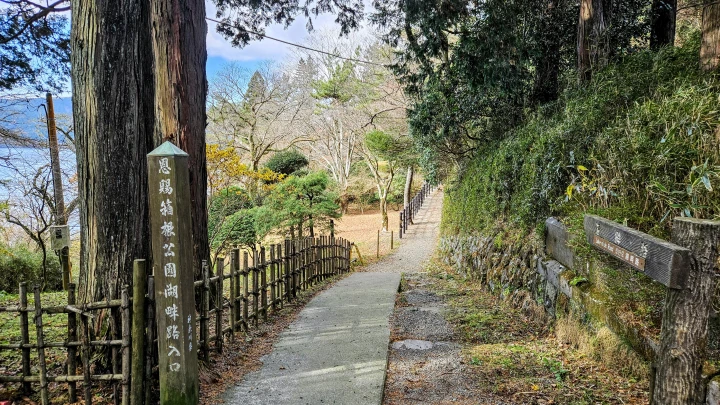
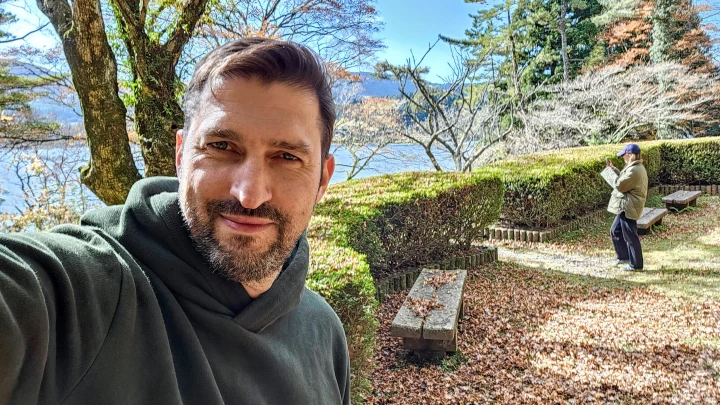
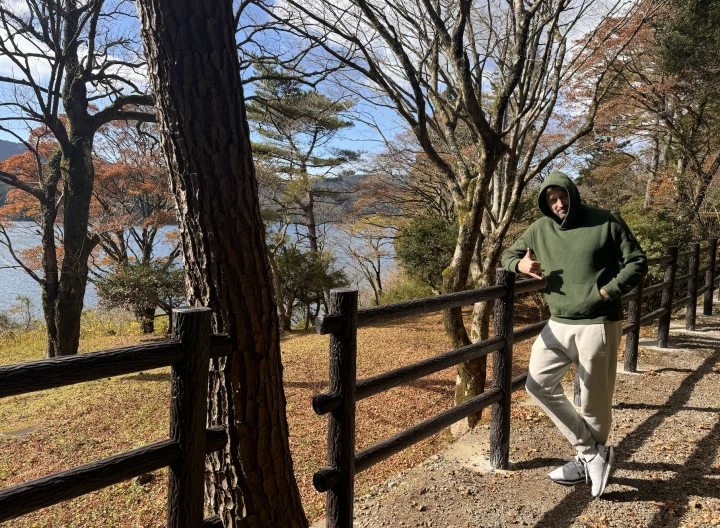
-
Last night, we enjoyed a Japanese onsen (hot springs) at Hotel Indigo in Hakone. This area has been a popular onsen destination since the Nara Period (710–794), drawing travellers, monks, samurai - and now us 🙈 - for its therapeutic waters.
Fun fact: Japan has over 27,000 natural hot springs, making it one of the most geothermal-rich countries in the world!
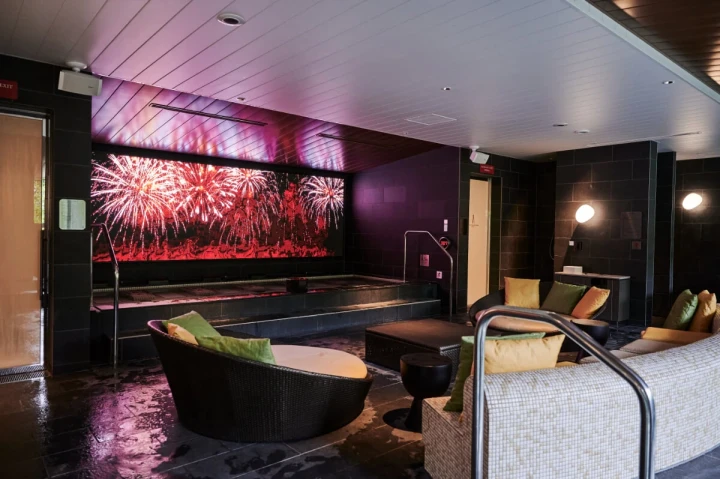
-
We found this tiny hole-in-the-wall restaurant (Yokohama abura soba in Tokyo) - seats a max of 8 people - with authentic Japanese food. It was absolutely delicious.
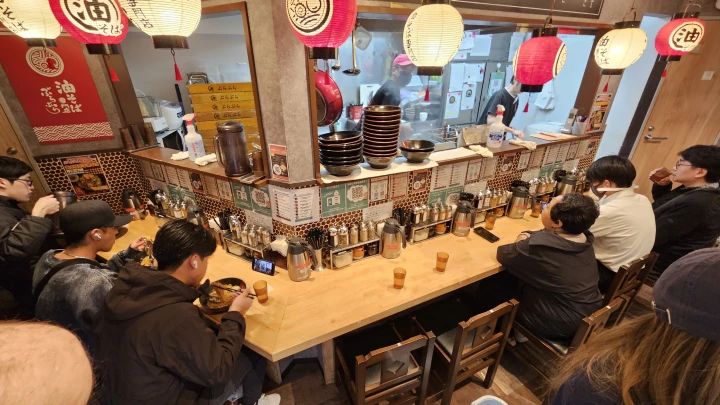
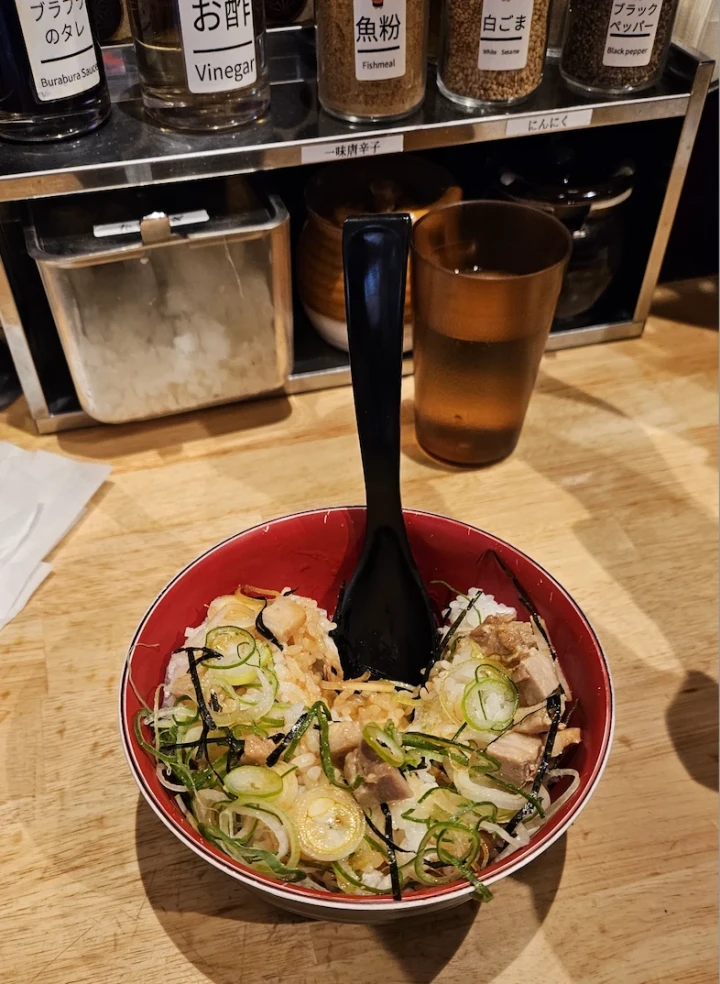
-
The magnificent Mount Fuji (3,776m) - Japan's tallest mountain. Though it last erupted in 1708, it is still classified as an active volcano.
We were lucky to enjoy clear skies two days in a row!
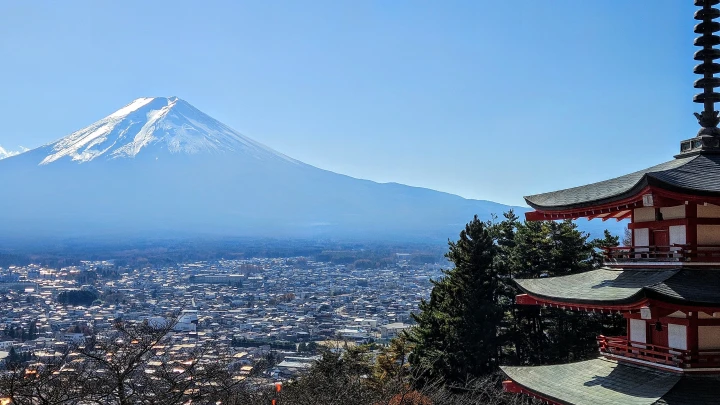
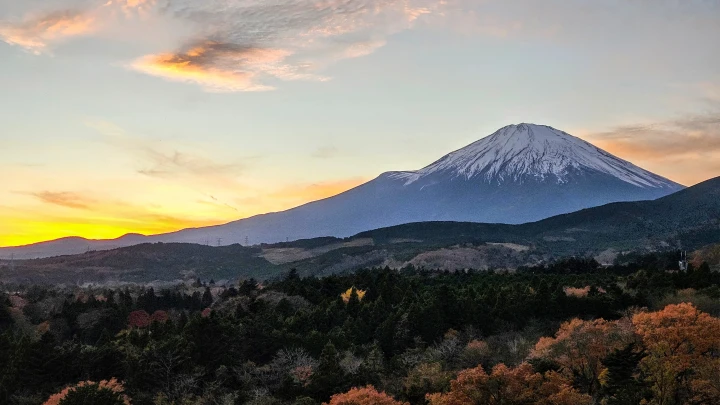
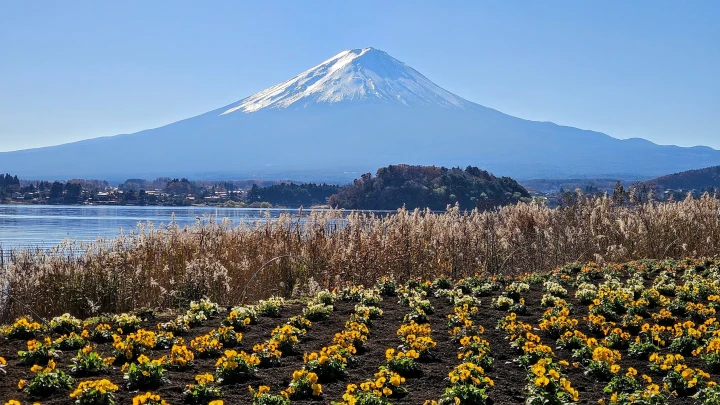
-
Everything feels small in Tokyo - apartment blocks, windows, balconies, even doors. It's so tiny that in some places, I don't quite fit!
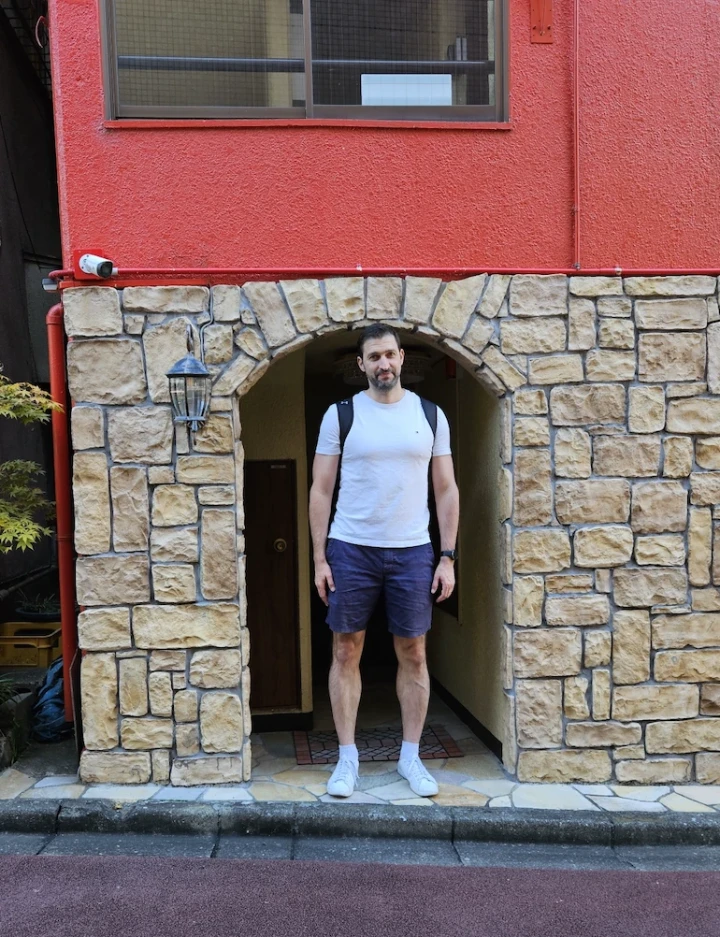
Feel free to reach out: [email protected].
